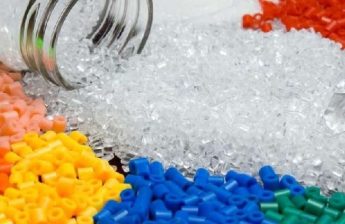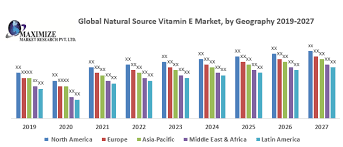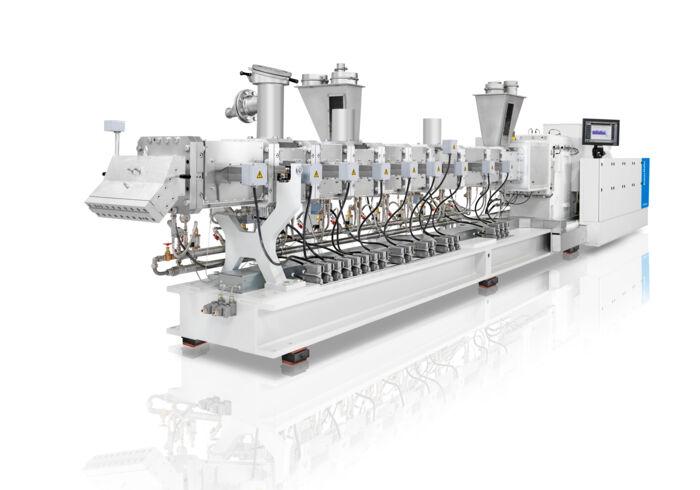The 42 percent, four-month rebound in rubber prices may be coming to an end as global tire demand plunges the most in three decades.
Tire makers, the biggest consumers of rubber, may report a 6.8 percent sales slump in 2009 as the global recession cuts auto demand, according to the government-funded International Rubber Study Group in Singapore. Supplies from Thailand, the top exporter, will increase after a seasonal drop, producers say. Prices of $1,530 a ton are 18 percent higher than alternatives made from oil, data compiled by Bloomberg show.
Michael Coleman, who helps manage a commodity fund that returned 24 percent last year, and Felix Yeo, trading manager at the Singapore unit of Marubeni Corp., say prices may weaken as much as 35 percent. Bridgestone Corp., the world’s largest tire company, said Feb. 19 that lower rubber and raw material costs may add 99 billion yen ($1 billion) to earnings this year.
“I see the price going toward $1,000 or $1,200” a metric ton by the end of September should the economy fail to grow, said Yeo. Marubeni is Japan’s biggest rubber-trading company. “Major economies have yet to make a significant recovery.”
The advance in global commodity prices this year is a “little premature” because there’s no hard evidence of improved demand, said Sean Corrigan, who helps manage $5 billion in commodities at Diapason Commodities Management SA in Lausanne, Switzerland. Copper is this year’s best performer, jumping 57 percent, while lead is up 56 percent and gasoline 48 percent.
Auto Sales Slump
Rubber may decline toward $1,000 a ton in the next year, said Singapore-based Coleman, managing director at Aisling Analytics, which runs a $1.2 billion commodity hedge fund.
Demand will drop because people are buying fewer cars and delaying the purchase of replacement tires. U.S. auto sales plunged 37 percent in March, and the annual rate fell to the lowest in more than 25 years in February, according to Autodata Corp. Japan’s sales tumbled 32 percent in March to a level not seen in more than three decades. U.S. vehicle miles traveled fell by 7 billion, or 3.1 percent, in January from the year ago, the Federal Highway Administration said.
Car production in Europe will probably drop 25 percent, and sales are likely to fall 20 percent this year, according to the European Automobile Manufacturers Association.
Global sales of passenger car and commercial vehicle tires may tumble as low as 1.32 billion units in 2009 from 1.41 billion last year, said No Dock Moung, an analyst with the International Rubber Study Group, which represents producers and users. The drop would be the most since at least 1975, he said.
China Cushion
Tires accounted for 67 percent of natural rubber consumption last year, with conveyor belts, gloves, seals, carpets and condoms taking most of the rest, he said.
“Of course we all may get lucky,” should government stimulus spending revive demand, said Coleman, former managing director of Cargill Inc.’s Asia-Pacific energy division and former head of the company’s global rubber-trading business.
China, the world’s third-biggest economy, may rebound this quarter as Premier Wen Jiabao’s 4 trillion-yuan ($585 billion) stimulus package cushions the effect of the global recession.
Rubber imports by China, the largest consumer, climbed to 190,000 tons in March from 180,000 in the first two months, according to customs data. The rise was fueled by a 10 percent increase in passenger car sales in March from a year ago to a record 772,400, according to the China Association of Automobile Manufacturers, after government subsidies spurred purchases. Japan, Germany and France are also offering incentives.
Usage Shift
“There are now almost no limits to the authorities’intentions of increasing government deficits and having the central banks print money,” said Diapason’s Corrigan. “This inflationary policy is beginning to push people to increase exposure to real assets such as commodities and stocks.”
Any revival in rubber demand from recovering car sales may be mitigated as tiremakers switch to cheaper oil-based alternatives.
The mix of synthetic to natural rubber in tires is roughly 60 percent to 40 percent, said Lawrence Orlowski, an analyst at S&P Equity Services in New York. Usually about 5 percent to 10 percent of a tire’s material can be switched, he said.
Rubber at $1,530 a ton on the Singapore Commodity Exchange cost 18 percent more than the $1,250 to $1,350 a ton for petroleum-based alternatives in Southeast Asia, according to ICIS, a pricing service, as of April 17. The gap widened to 35 percent on Jan. 14, the most since July 2006, data compiled by Bloomberg show. Rubber fell 3.6 percent to $1.4750 a kilogram ($1,475 a ton) today.
Goodyear Drive
“Demand may shift from natural to synthetic rubber as the differential widens,” said Takaki Shigemoto, an analyst at Tokyo-based broker Okachi & Co. “In India, where natural rubber represents about 75 percent of consumption, demand may easily switch to synthetics. In Japan, as synthetics represent almost 60 percent of consumption, a shift may not occur.”
Goodyear Tire & Rubber Co., based in Akron, Ohio and the top U.S. tiremaker, can change more than 20 percent of its natural rubber to synthetics or synthetics to natural material “without impacting tire performance,” spokesman Keith Price said April 10. “We continue to push this important initiative so we can substitute based on price.”
Even with the $1 billion savings from raw materials, Bridgestone will barely break even this year as sales tumble. The Tokyo-based company said in February net income will probably plunge 71 percent to 3 billion yen, and sales may drop 22 percent to 2.53 trillion yen.
Truck Tonnage
Global demand for both forms of rubber may slide 9 percent this year, more than double last year’s drop, according to the International Rubber Study Group. Usage will shrink at least 6.1 percent to 20.8 million metric tons, and the slump likely will be greater if the recession worsens, Hidde Smit, secretary- general of the group, said in an interview March 23.
“The macroeconomic situation has deteriorated rapidly and so has the outlook for the tire industry,” Robert Simmons, head of rubber and tire research at LMC International Ltd., said in March. “The truck tire market has been hit the hardest as freight demand has been so badly hurt.”
U.S. truck tonnage dropped 9.2 percent in February from a year ago, the American Trucking Association said March 25. Fleets were still “witnessing a tough environment” with no signs of a “sustained recovery,” association Chief Economist Bob Costello said in a statement on its Web site.
‘Severe’ Recession
The global economy is in the grip of a “severe” recession with “worrisome parallels” to the Great Depression, the International Monetary Fund said April 16. The Washington-based lender has predicted the economy will shrink by as much as 1 percent this year.
Rubber supplies will increase in coming months as trees produce more latex after a slow seasonal period known as wintering, said Vorathep Wongsasuthikul, a director of the International Rubber Consortium Ltd., which represents Thailand, Indonesia and Malaysia. Thai production totaled 1.62 million tons in the second half of last year, up 13 percent from 1.44 million in the first half, according to the Rubber Research Institute of the Thai farm ministry.
Efforts by the three countries to buoy prices may spur future supplies, according to Aisling’s Coleman. The nations, which harvest about 7 million tons a year, cut exports by 270,000 tons in the first quarter, according to the group.
“Rubber should come down around May,” said Prachai Kongwaree, president of Thai Rubber Glove Manufacturers Association. “There is more supply from Thailand.”
< p>Source: worldscrap.com







